Cinema, media and others
It has been 39 years since the first commercial release in Spain of a specifically trans film. It was the documentary Vestida de azul, by Antonio Giménez-Rico (1983). Valeria Vegas revisits it in Vestidas de azul (Dos Bigotes, 2019), an analysis of the representation of trans women in media and film during the Franco regime and the Spanish transition to democracy, which is also the starting point for the sequel to the series, Veneno (Atresmedia, 2020).
Broadening the geographical focus, Trans New Wave Cinema (Akkadia Ford. Routledge, 2021) is the most recent and detailed text on trans film. Together with Transgender Communication Studies (Leland G. Spencer and Jamie C. Capuzza. New Publisher, 2015) it forms an essential academic duo for those seeking to specialize in trans film and communication studies.
Meanwhile, Shimmering Images (Eliza Steinbock. Duke University Press, 2019) argues that the control of space and time in film makes the medium a paradigmatic place to explain change or fluidity and, therefore, to counter gender binarism. Del fanzine al manga yaoi (Julián Acebrón and Ana Merino. Ajuntament de Lleida, 2005) focuses on another visual language: that of comics.
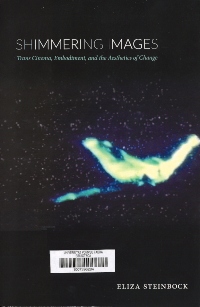
Steinbock, Eliza. Shimmering images: trans cinema, embodiment, and the aesthetics of change.
Durham: Duke University Press, 2019
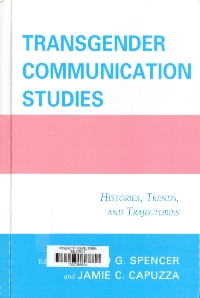
Spencer, Leland G.; Capuzza, Jamie C. Transgender communication studies: histories, trends, and trajectories.
Lanham: Lexington Books, 2015
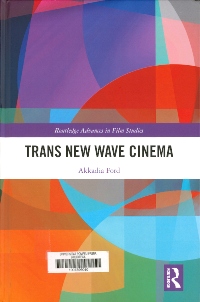
Ford, Akkadia. Trans new wave cinema.
London: Routledge, 2021
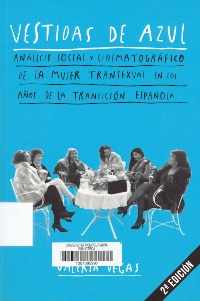
Vegas, Valeria. Vestidas de azul: análisis social y cinematográfico de la mujer transexual en los años de la Transición española.
Madrid: Dos Bigotes, febrero de 2019
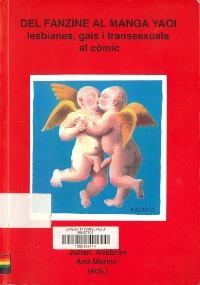
Acebrón Ruiz, Julián; Merino, Ana. Del fanzine al manga yaoi: lesbianes, gais i transsexuals al còmic.
Lleida: Ajuntament de Lleida, 2005
